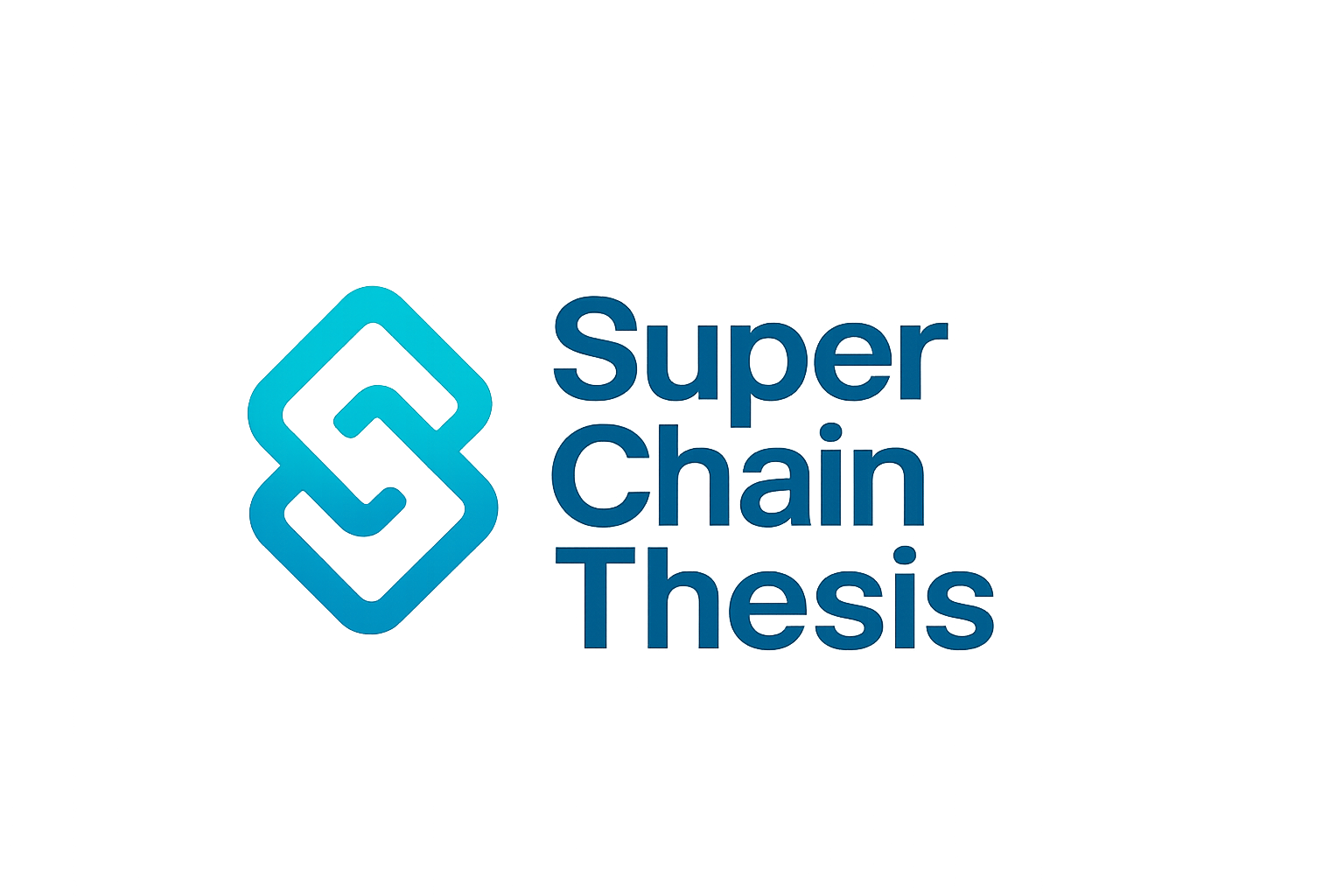
The multi-rollup superchain era is here, and at its core is the OP Stack, a modular, open-source framework that’s making Ethereum scalability and interoperability more than just buzzwords. As of today, Ethereum (ETH) trades at $4,307.49, highlighting the enormous value riding on L2 innovation. But with dozens of rollups launching every quarter, how do we prevent liquidity silos and fragmented user experiences? The answer lies in a native interoperability protocol designed to weave these rollups into a single, composable network: the Superchain.
From Isolated Rollups to a Unified Superchain
Historically, each Ethereum Layer 2 ran as an island. Sure, they all anchored to Ethereum for security, but moving assets or data between chains was clunky, think manual bridges and slow message relays. The OP Stack flips this paradigm by standardizing how rollups are built and how they communicate. Every OP Stack chain shares common components for consensus, execution, and settlement layers. This not only streamlines deployment but also lays the groundwork for seamless interoperability.
Optimism’s vision for the Superchain is ambitious: a network where any OP Stack-based rollup can interact with its peers as easily as contracts interact within a single chain. It’s about scalability without sacrificing cohesion. For developers and users alike, this means dApps that span multiple rollups natively, no more fractured liquidity or UX nightmares.
The Four Pillars of OP Stack Interoperability
The new interoperability layer introduced by Optimism is more than just messaging glue, it’s a robust protocol suite with four foundational components:
The 4 Key Components Powering Superchain Interoperability
-
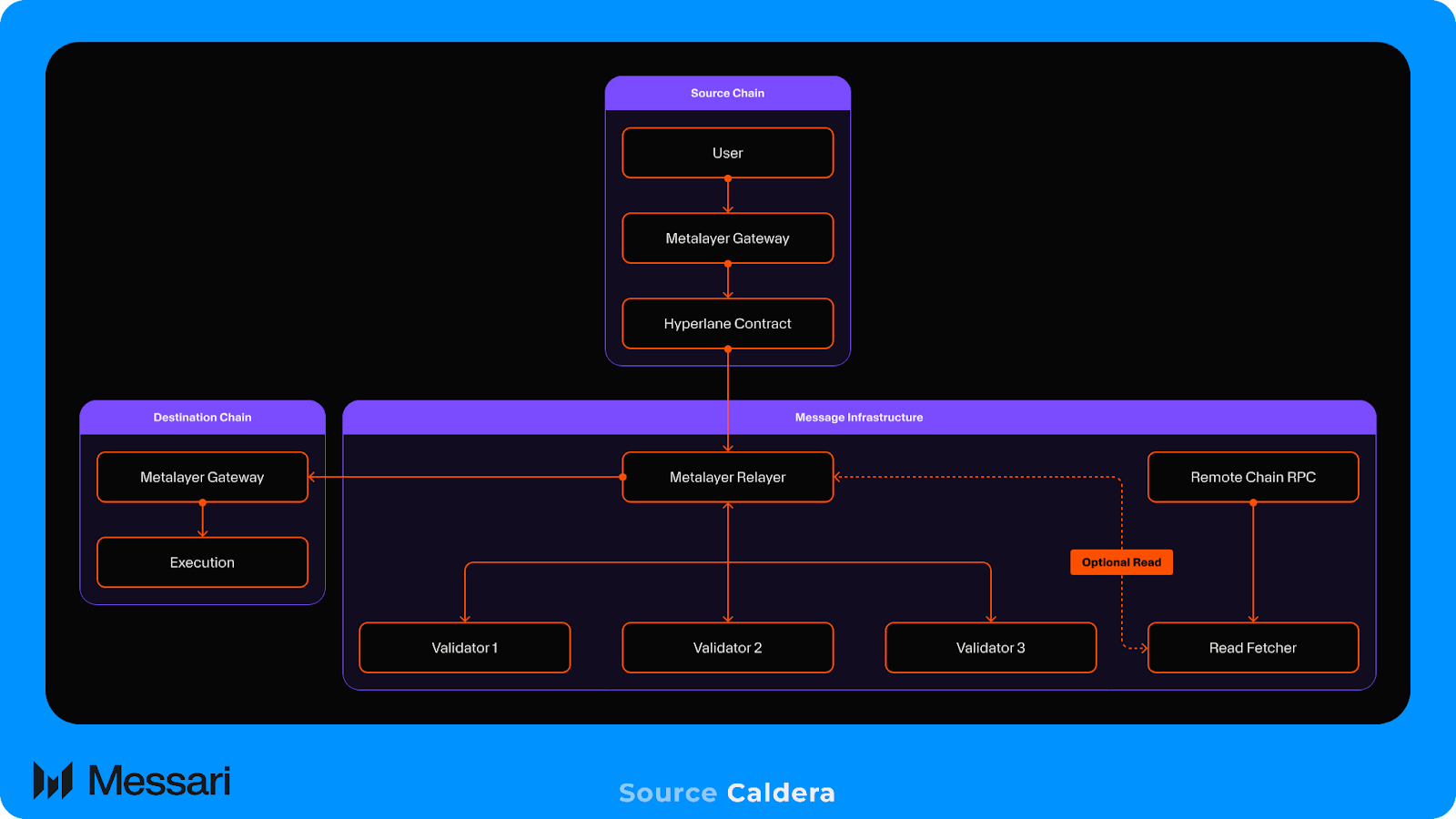
Message Passing Protocol: Enables seamless cross-chain communication, letting OP Stack rollups exchange data and assets efficiently across the Superchain.
-

SuperchainERC20 Token Standard: Standardizes bridged assets, ensuring consistent ERC-20 compatibility for tokens moving between Superchain rollups.
-

Interoperable Chain Set: Provides a unified framework for OP Stack rollups to read and interpret data from one another, creating a cohesive multi-chain ecosystem.
-
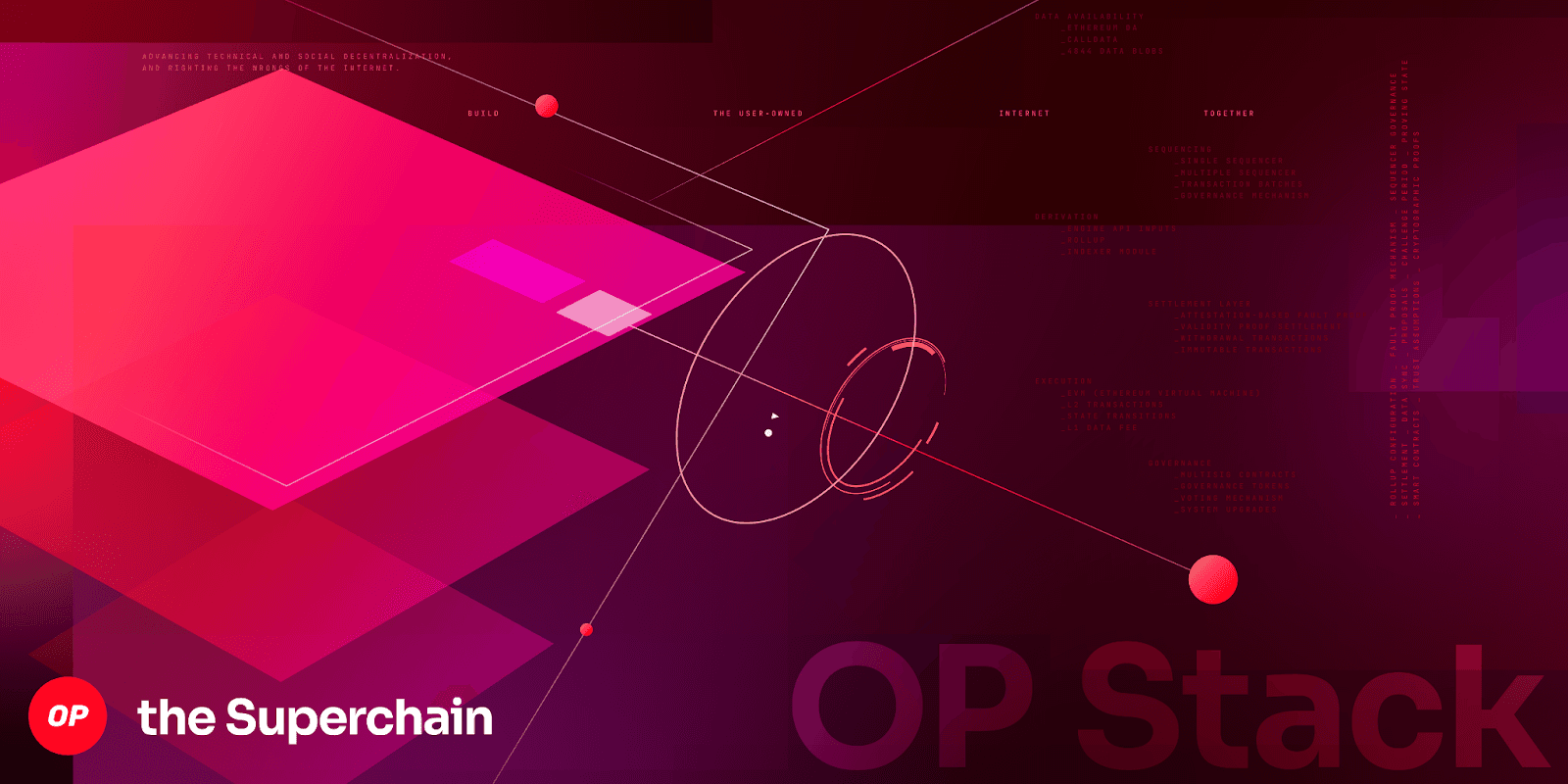
Shared Interop Fault Proof System: Delivers robust security by allowing cross-chain transaction verification, building trust among interconnected Superchain chains.
Let’s break these down:
- Message Passing Protocol: Enables fast, secure cross-chain communication so information and assets can flow between Superchain rollups without friction.
- SuperchainERC20 Token Standard: Establishes a unified format for bridged tokens. No more token mismatches or weird wrappers, assets retain their identity across chains.
- Interoperable Chain Set: Gives every OP Stack chain the ability to read data from any other chain in the ecosystem. This is huge for dApp composability.
- Shared Interop Fault Proof System: Ensures cross-chain transactions are trust-minimized and verifiable by leveraging Ethereum L1 as an arbiter.
This architecture isn’t just theoretical, the rollout follows a clear three-stage roadmap: Devnet launch (gathering early feedback), Testnet deployment (real-world stress tests), then full Mainnet integration where users will experience true cross-rollup interactions.
The Role of ERC-7683 and Cross-Chain Intents
A key technical leap forward comes from integrating ERC-7683, a standard proposed by Uniswap and Across Protocols. This standard enables “cross-chain intents”: essentially allowing dApps to express what they want to achieve across multiple rollups in one atomic action. Imagine swapping an asset on one chain and having it instantly available on another, all handled behind the scenes by standardized protocols rather than bespoke bridges or relayers.
A Visual Guide to Superchain Communication
This level of interop is only possible because every node operator in the Superchain runs an “OP Supervisor” service, a new backbone ensuring that data availability, fault proofs, and message passing work harmoniously across all participating chains (source). By enforcing strict standards at both protocol and operational levels, experimental features don’t break core guarantees like security or consistency.
Why Standardization Matters for Multi-Rollup Scalability
The real magic here isn’t just technical, it’s economic. With unified bridges (via SuperchainERC20) and trustless message passing secured by Ethereum L1 itself, capital can move freely within the ecosystem. No more liquidity black holes or fragmented incentives; instead, we see network effects compound as each new OP Stack chain strengthens the whole superstructure.
For developers, this is a paradigm shift. Instead of building isolated apps for each rollup, teams can architect dApps that natively span multiple chains, leveraging shared state, liquidity, and user bases without worrying about custom bridging logic. For users, it means a future where moving assets or interacting with protocols across the Superchain feels as seamless as using a single monolithic L1.

Standardization also unlocks composability at scale. When every OP Stack rollup speaks the same language and adheres to universal interoperability standards, developers can compose smart contracts and protocols across chains just like Lego bricks. This is the essence of superchain scalability: not just more transactions per second, but more meaningful cross-chain interactions that amplify network value.
OP Stack Interoperability in Action: Current Market Impact
With Ethereum (ETH) currently priced at $4,307.49, there’s never been more at stake for scalable L2 solutions. The OP Stack’s modular approach is already attracting major projects eager to tap into this interoperable supernetwork. As new rollups launch and join the Superchain, they instantly benefit from unified bridges, shared security guarantees, and native asset compatibility, all without reinventing the wheel.
This isn’t just theory: we’re seeing early-stage adoption on devnets and testnets today. The roadmap’s next milestone, full mainnet integration, will be a watershed moment for Ethereum scalability and user experience. Expect to see dApps offering cross-chain swaps, lending markets pooling liquidity from multiple rollups, and NFT projects with assets that can move frictionlessly between chains.
Top Benefits of OP Stack-Powered Superchain Interoperability
-
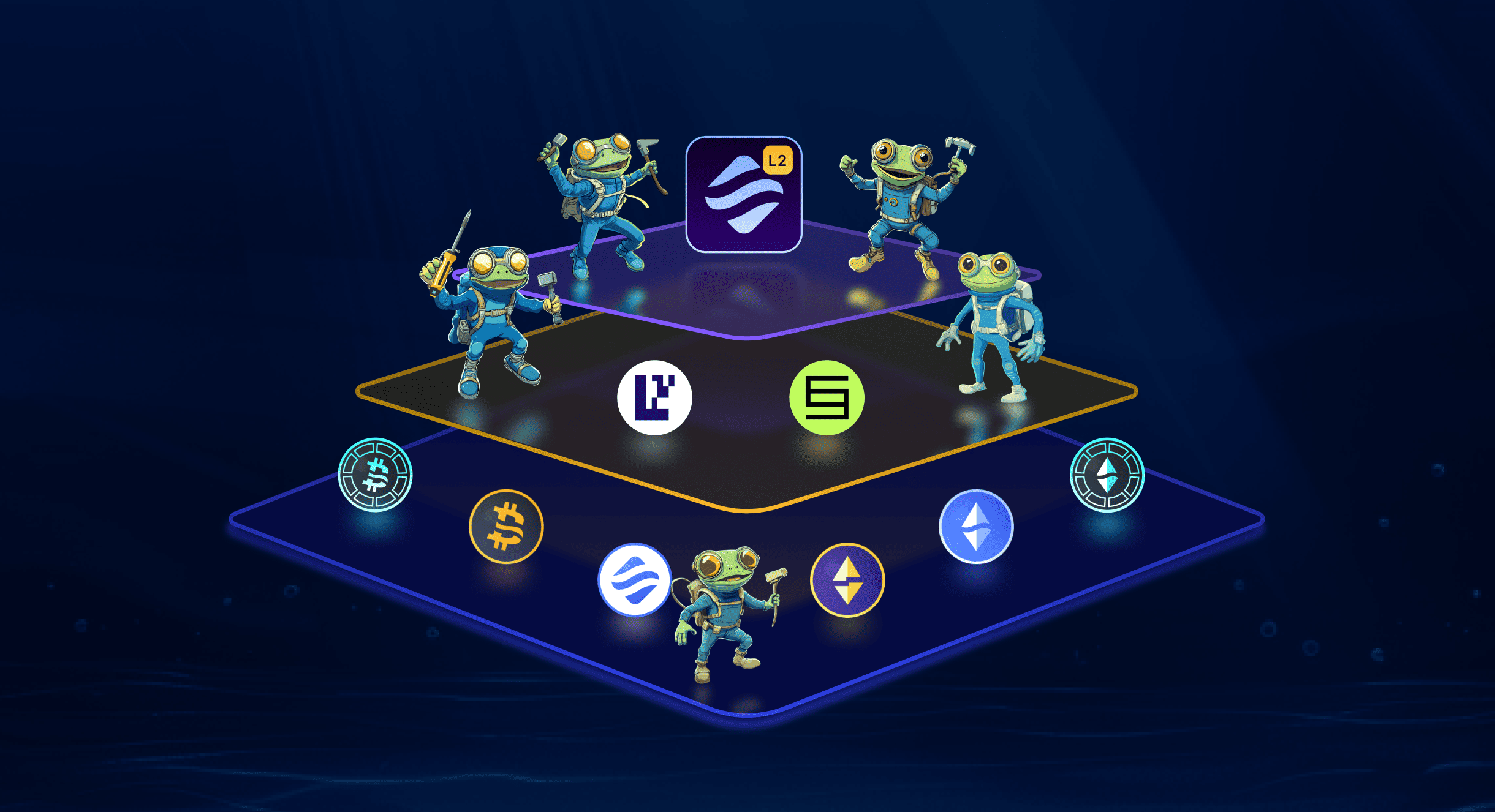
Seamless Cross-Chain Asset Transfers: Move tokens and assets between OP Stack rollups instantly, powered by the SuperchainERC20 standard for unified asset compatibility.
-
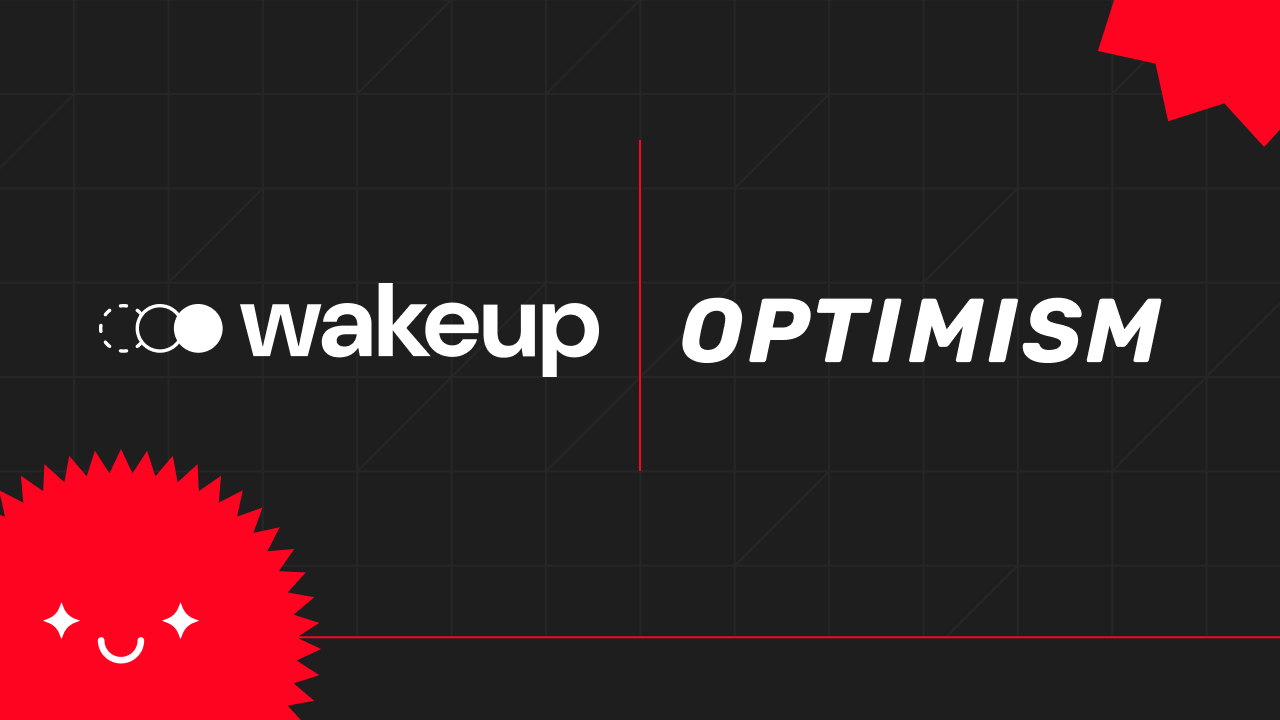
Unified User Experience: Enjoy consistent wallet, dApp, and transaction flows across all Superchain chains, reducing friction and confusion for both users and developers.
-
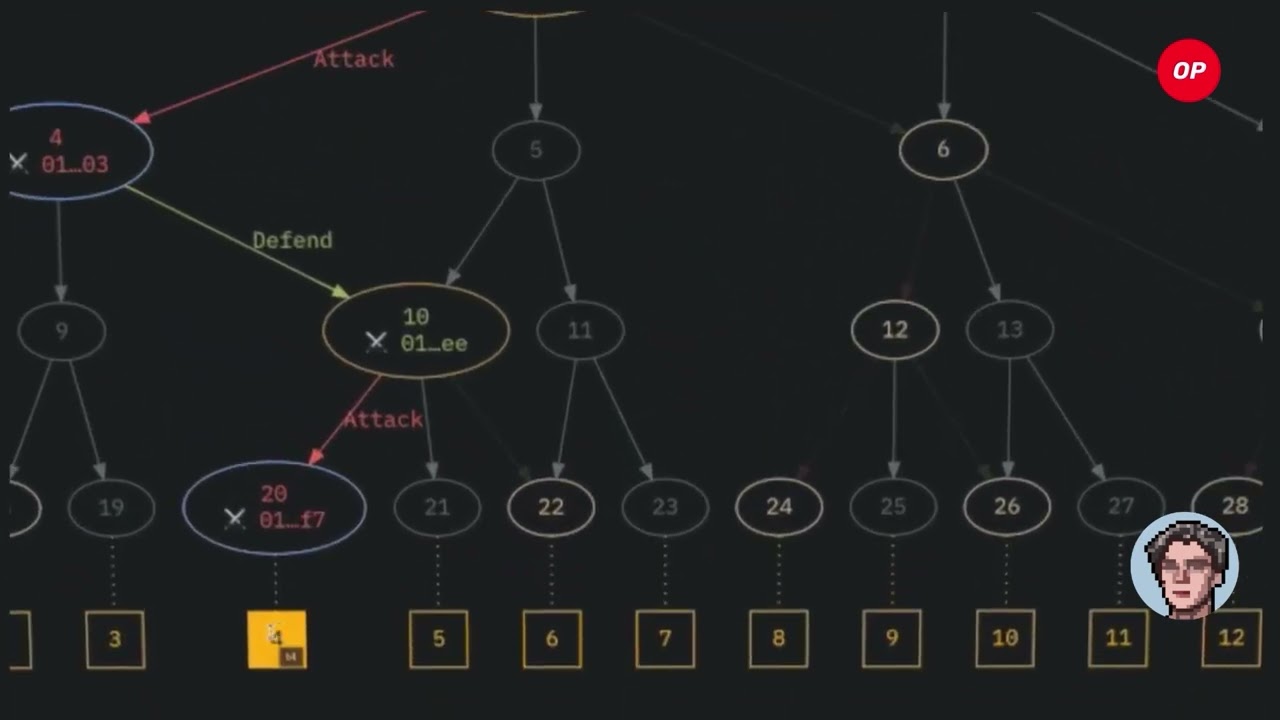
Enhanced Security via Shared Fault Proofs: Cross-chain transactions are safeguarded by the Shared Interop Fault Proof System, leveraging Ethereum’s robust security model.
-
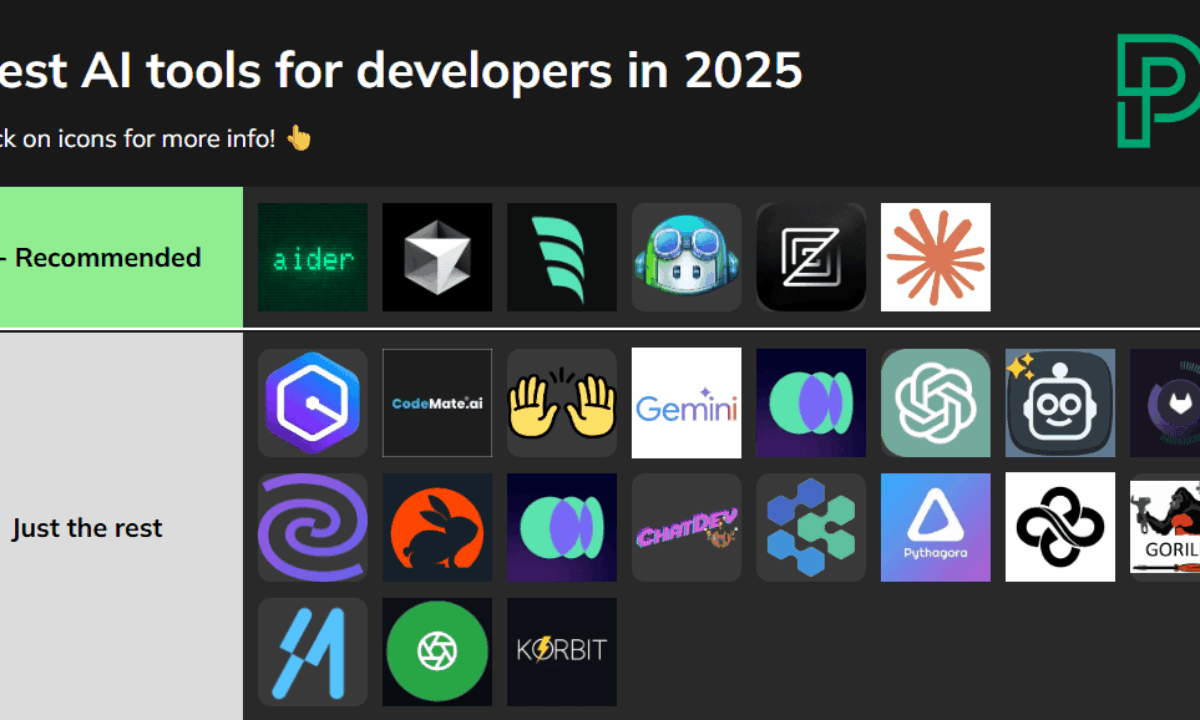
Developer Flexibility & Customization: Build highly specialized rollups with the OP Stack while staying interoperable with the Superchain’s ecosystem and standards.
-
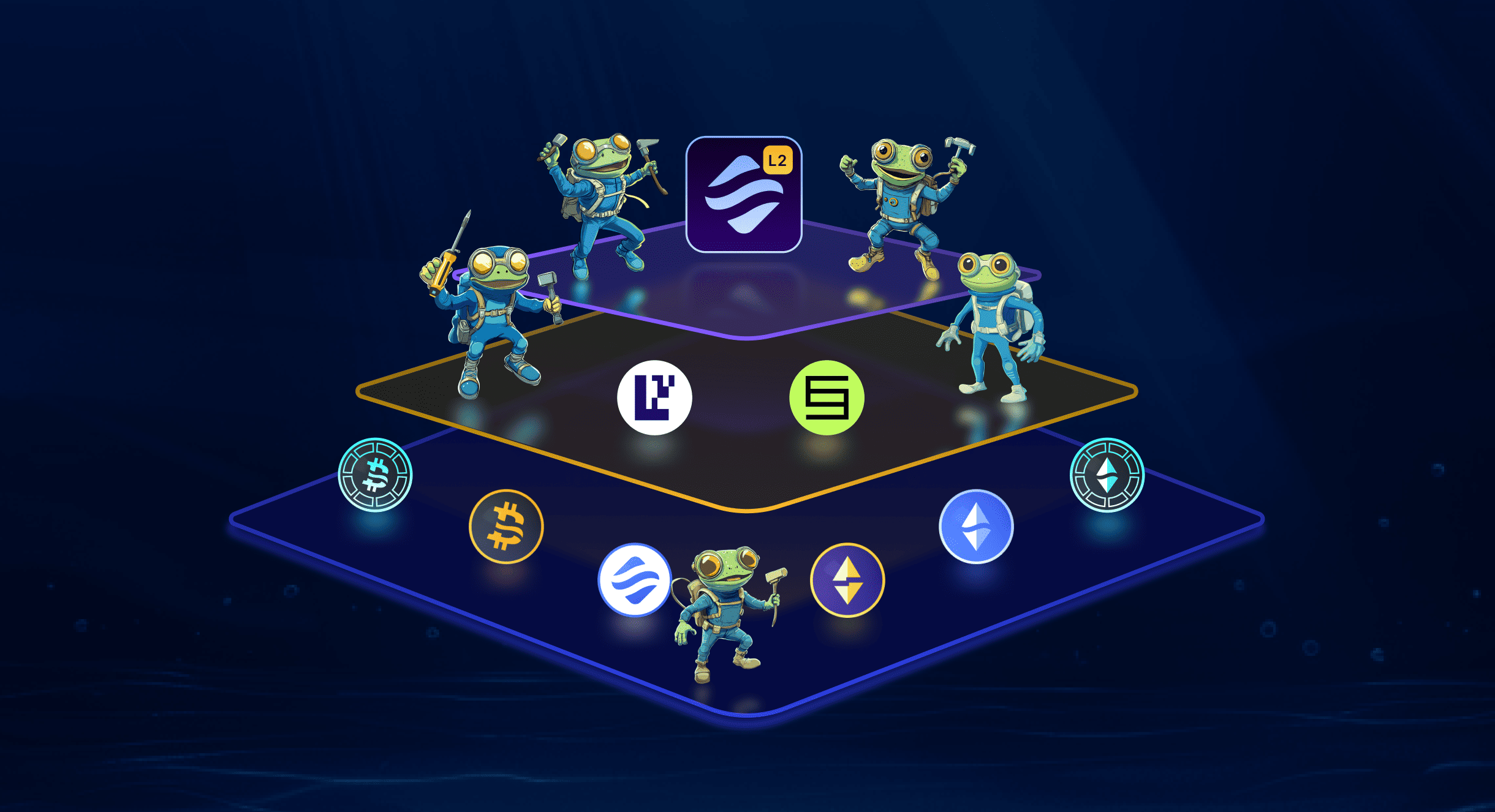
Prevention of Liquidity Fragmentation: The Superchain’s interoperability layer ensures liquidity can flow freely between chains, supporting healthier DeFi markets and user choice.
-
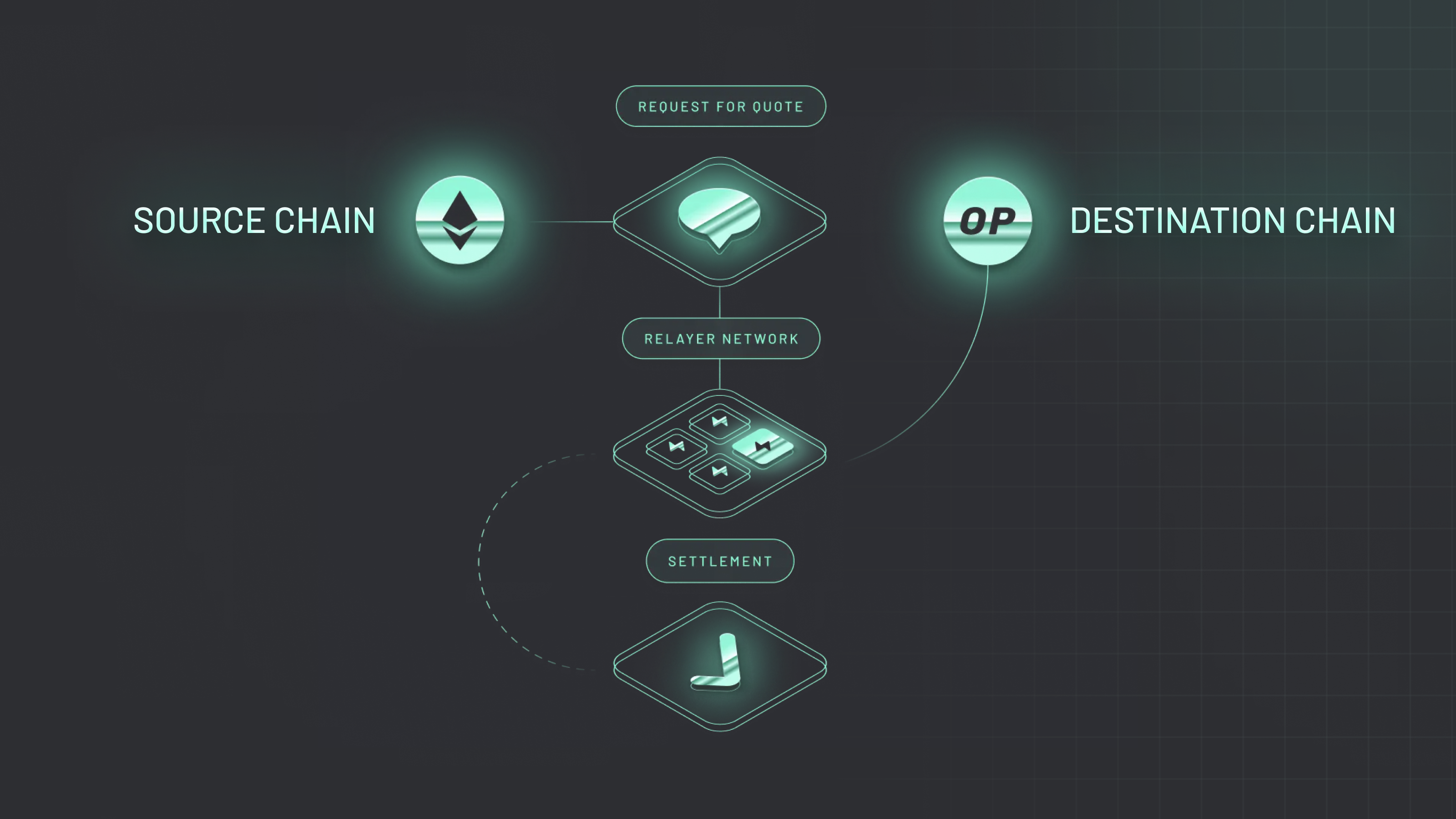
Efficient Cross-Chain Communication: The Message Passing Protocol enables dApps and services to interact across rollups, unlocking new composability and collaboration opportunities.
-
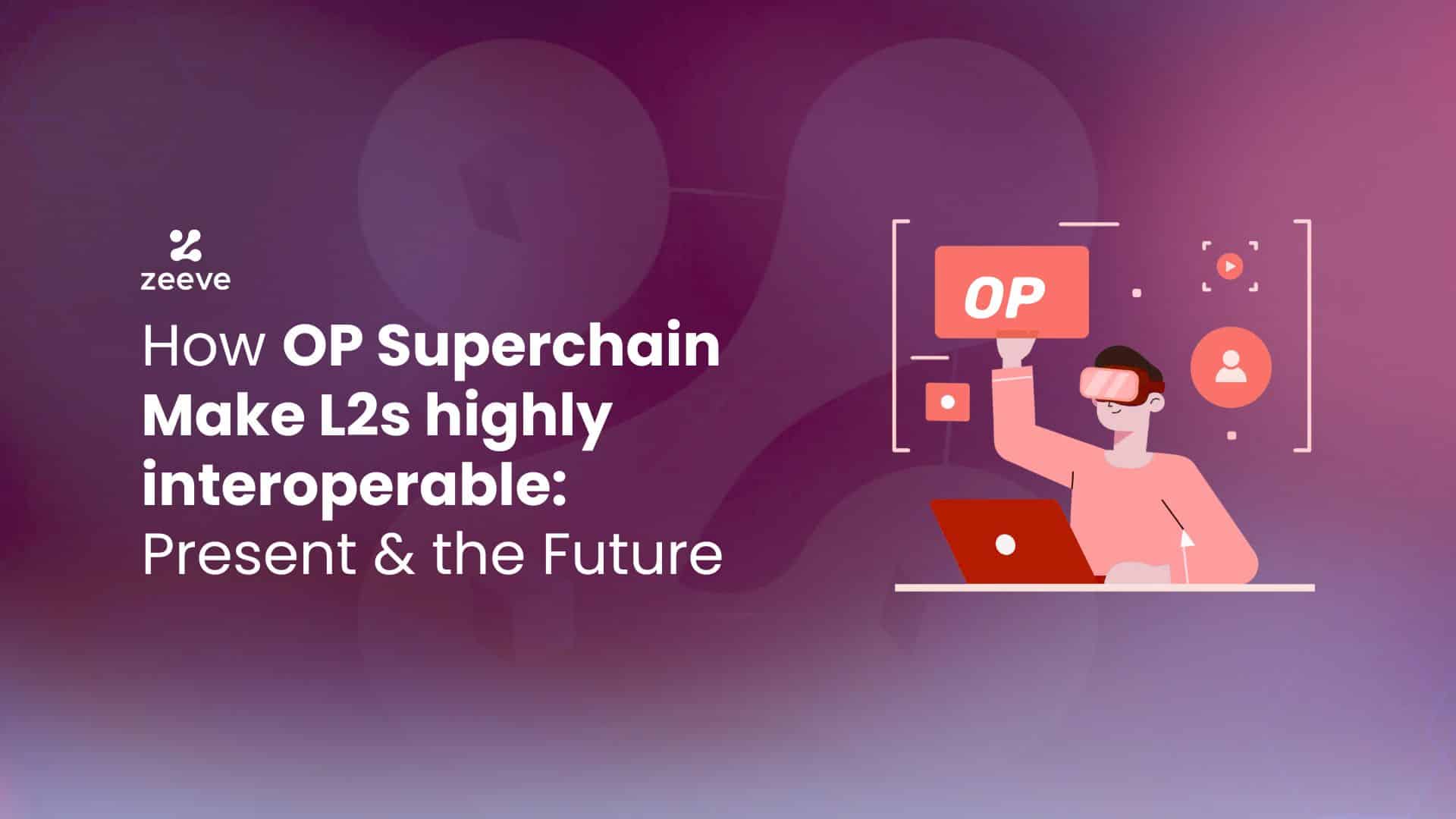
Rapid Onboarding for New Chains: New OP Stack rollups can quickly join the Superchain, benefiting from instant interoperability and shared infrastructure.
Security First: Fault Proofs and Ethereum as Arbiter
Of course, no interoperability protocol is worth much without robust security. That’s where the Shared Interop Fault Proof System comes in, a mechanism that lets any chain in the Superchain challenge suspicious cross-chain transactions by appealing to Ethereum L1 as the final judge. This keeps trust assumptions minimal while still enabling lightning-fast cross-rollup interactions.
By anchoring security to Ethereum itself rather than relying on third-party bridges or external validators, Optimism ensures that even as the Superchain grows to dozens (or hundreds) of interconnected rollups, its core guarantees remain rock solid (learn more here).
The Road Ahead: Open Innovation on a Unified Superchain
The OP Stack’s approach isn’t about locking developers into a single vision, it’s about providing a flexible toolkit where experimentation flourishes within safe boundaries. Projects can customize their own execution environments or governance models while still plugging into universal standards for communication and asset movement.
This means we’ll see not just financial applications but entirely new categories of decentralized tech emerge, think gaming ecosystems with interoperable assets or DAOs coordinating actions across multiple domains simultaneously.
Which Superchain feature excites you the most?
The OP Stack’s new interoperability layer is bringing major upgrades to the Superchain, including seamless cross-chain messaging, standardized assets, and enhanced security—all while Ethereum trades at $4,307.49. Which feature are you most looking forward to?
The bottom line? By weaving together dozens of modular rollups under one interoperable roof, and backing it all with Ethereum-level security, the OP Stack is turning the multi-rollup superchain vision into reality. As ETH holds steady at $4,307.49, every new chain built on this stack adds momentum to a network designed for both scale and cohesion.
